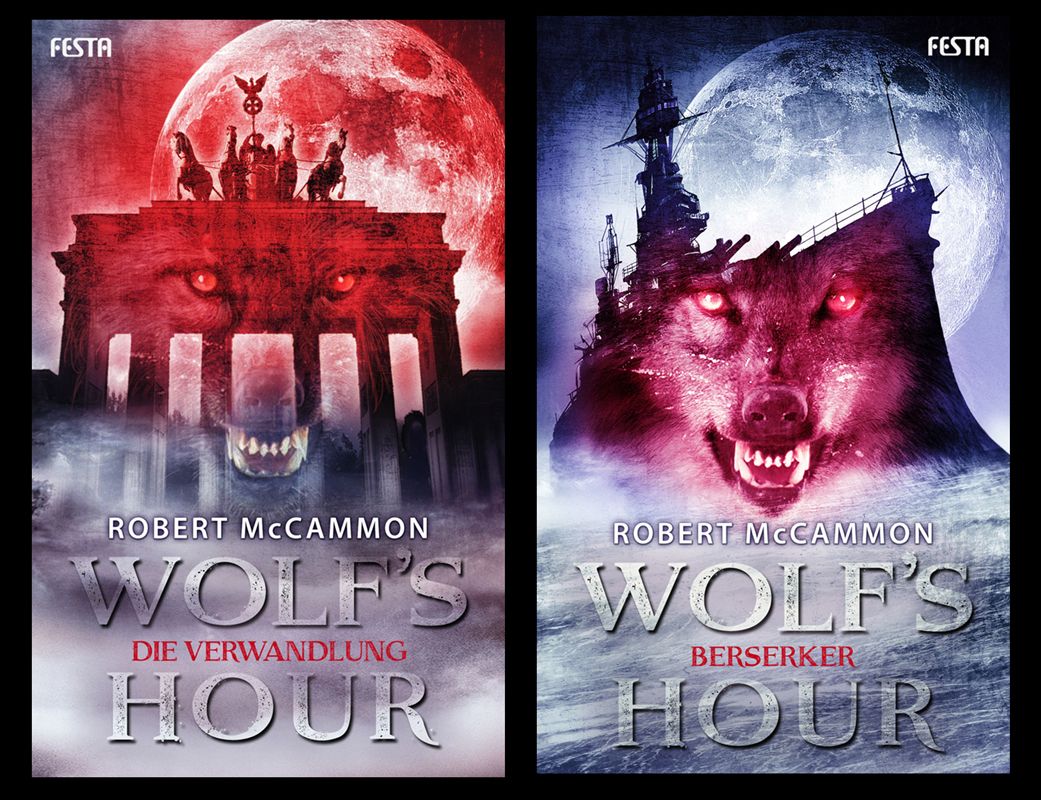

As Michael Gallatin questions his purpose in the world, he tries to find it in fighting against the forces of brutality and evil. In Robert McCammon’s The Wolf’s Hour, the “wolf” in question also happens to be a nazi-fighting hero as well, using his powers to serve the Allies in WWII. The werewolf is often depicted as a lonely, hunted creature. There are a few examples of the werewolf receiving the treatment it deserves, from classics like Werewolf of London (1935), The Wolf Man (1941), and An American Werewolf in London (1981), but when we look at the pantheon of literature, there is little room for the werewolf alongside the Draculas and Frankensteins of world. Much of recent werewolf material relegates the werewolf to sidekick/nemesis status, markedly inferior to their (usually) vampire frenemies ( True Blood, Underworld.)


The unfortunate examples of recent memory extends to the lame The Wolfenby Whitley Streiber and the even lamer portrayal in Stefanie Meyers’ Twilight series. I don’t have much experience with werewolf literature. “What is the lycanthrope, in the eye of God?”


 0 kommentar(er)
0 kommentar(er)
